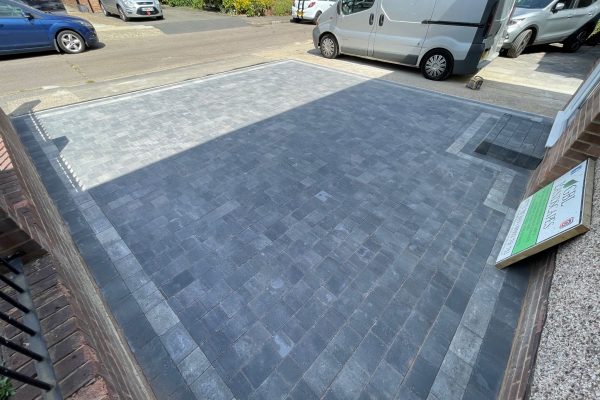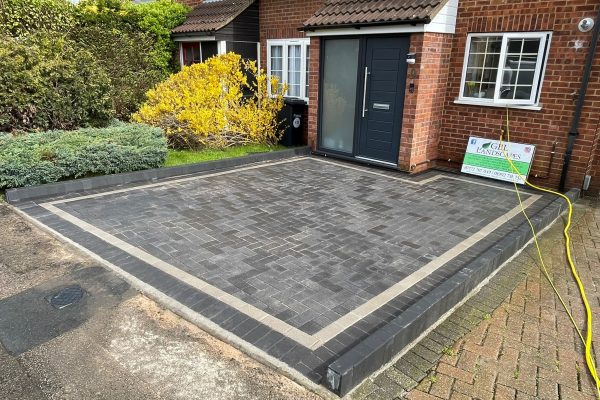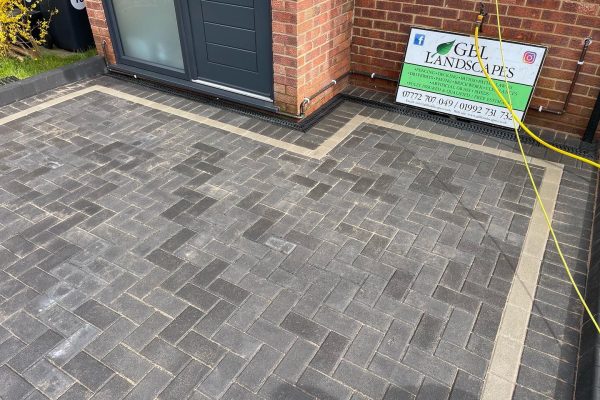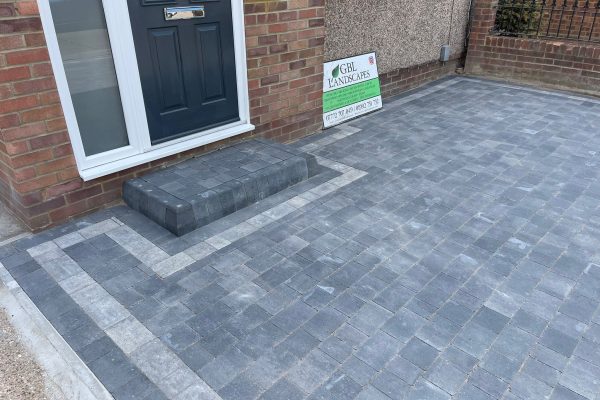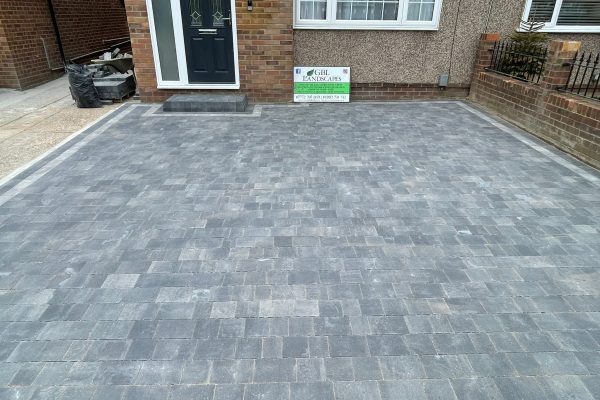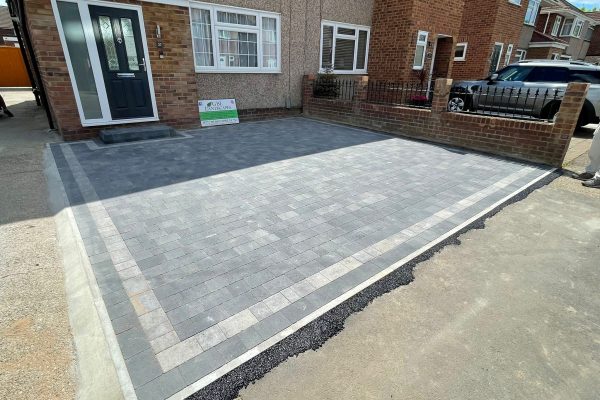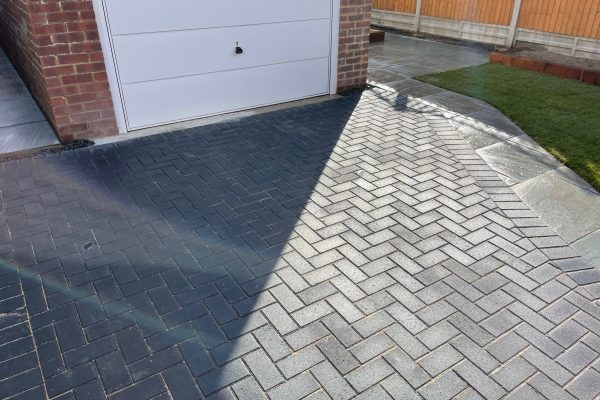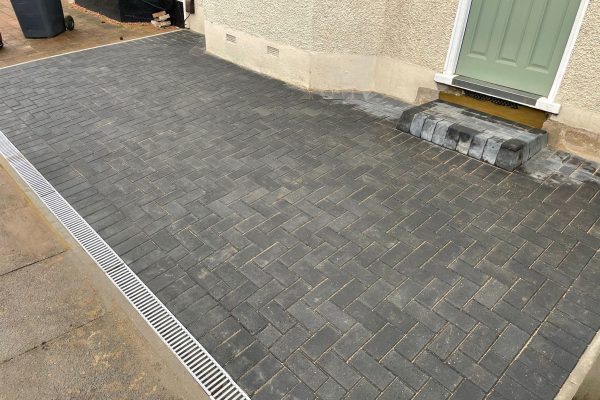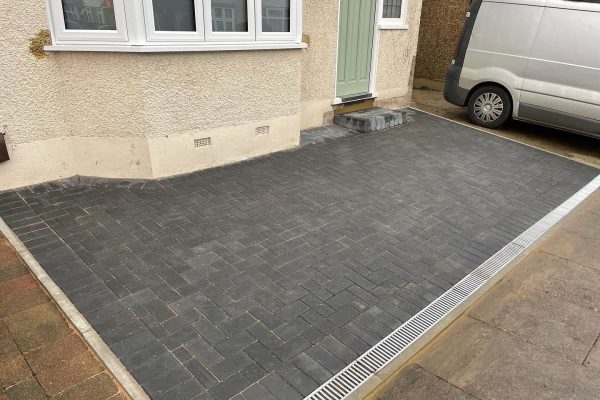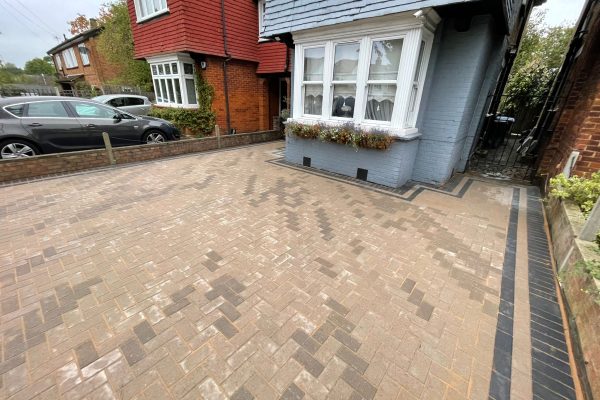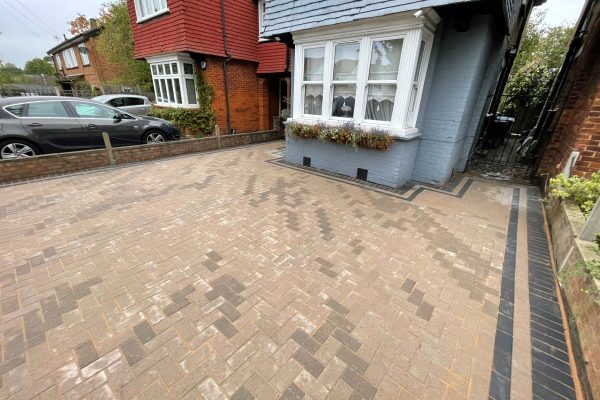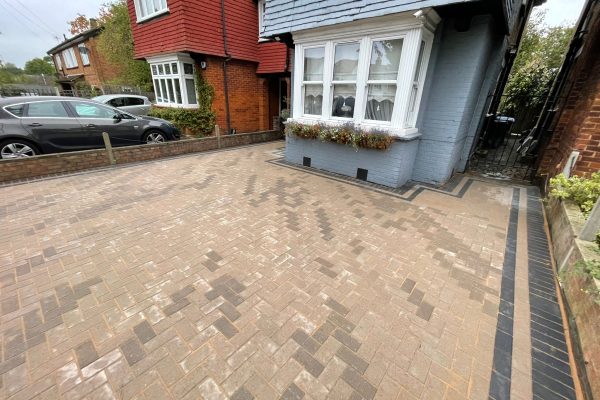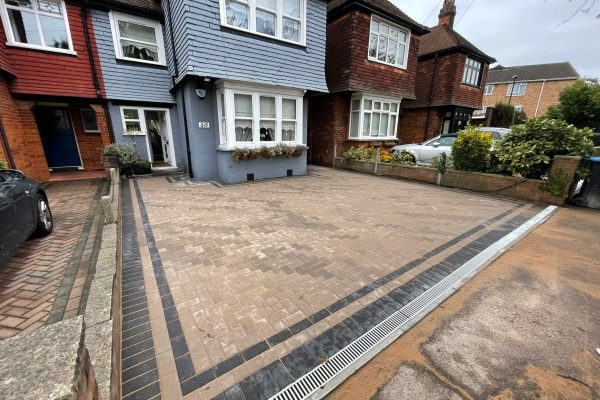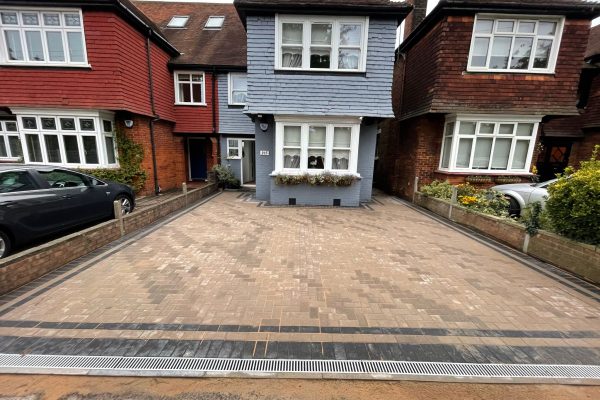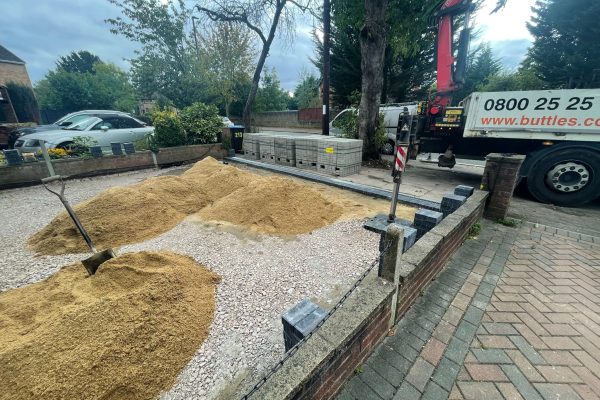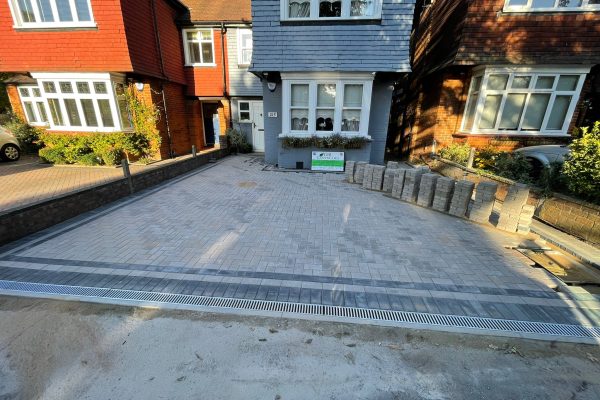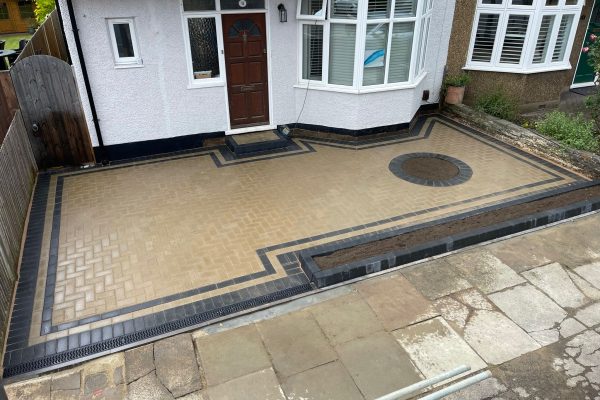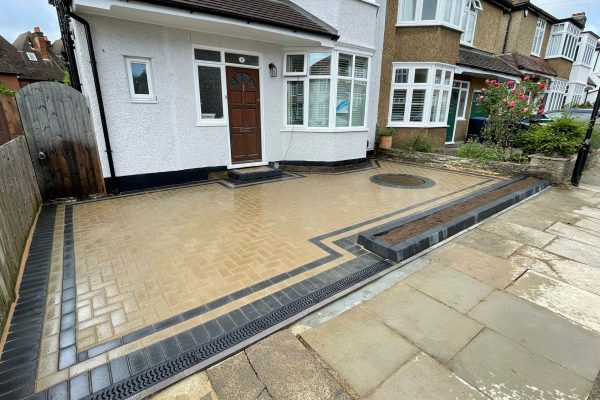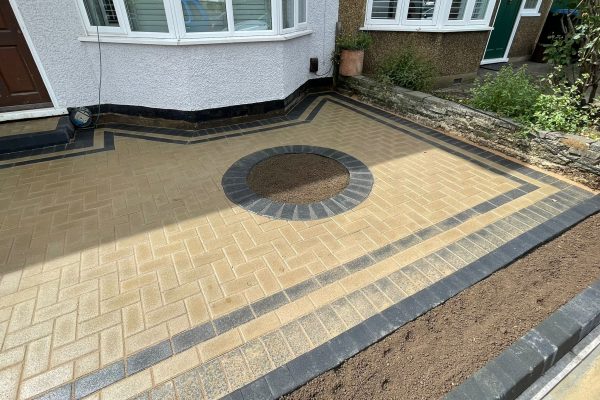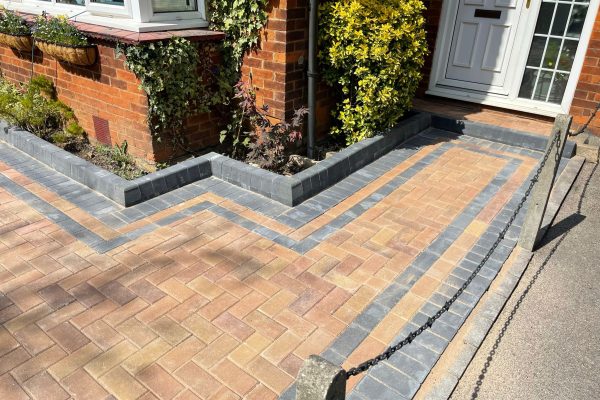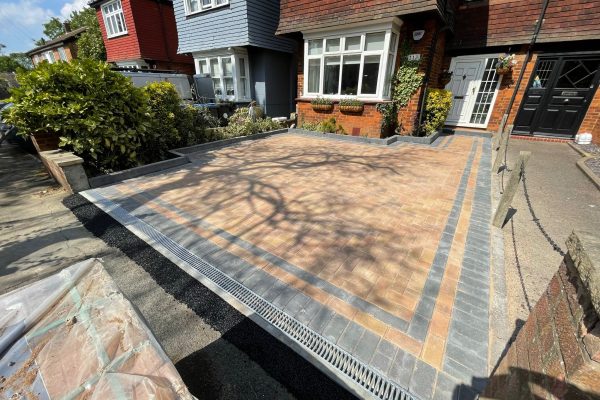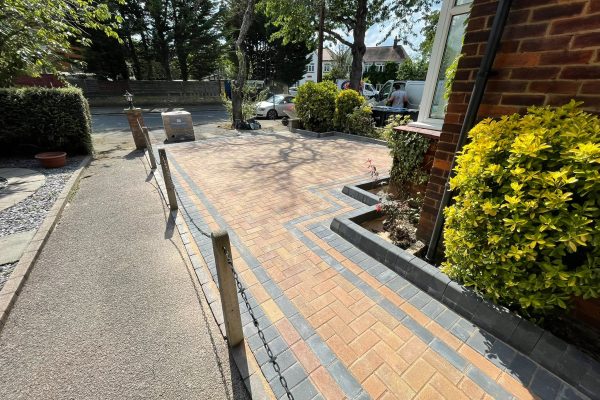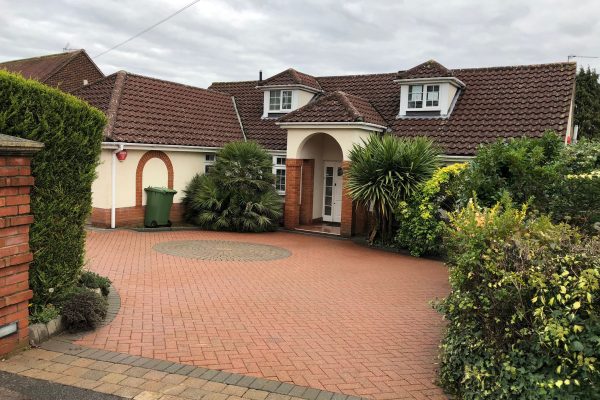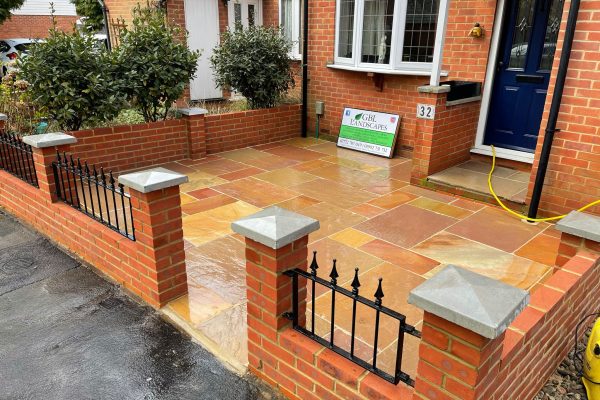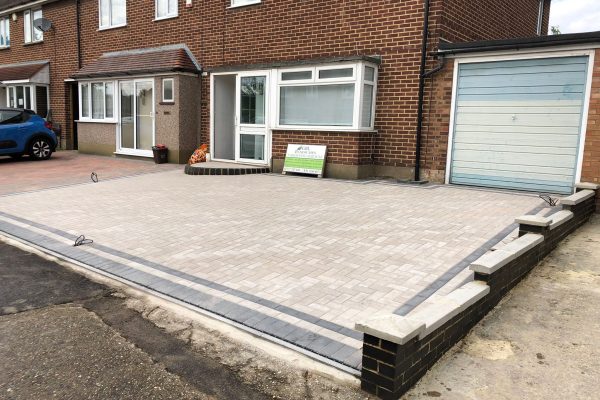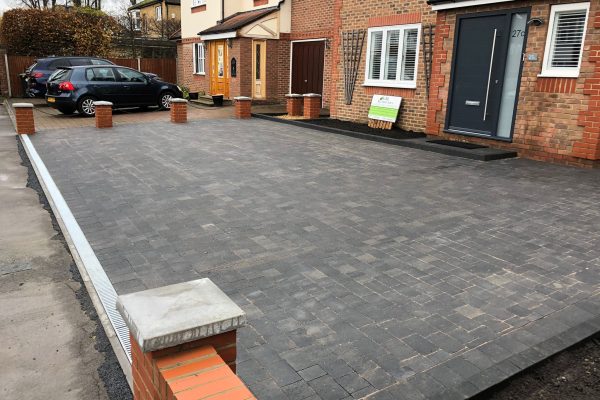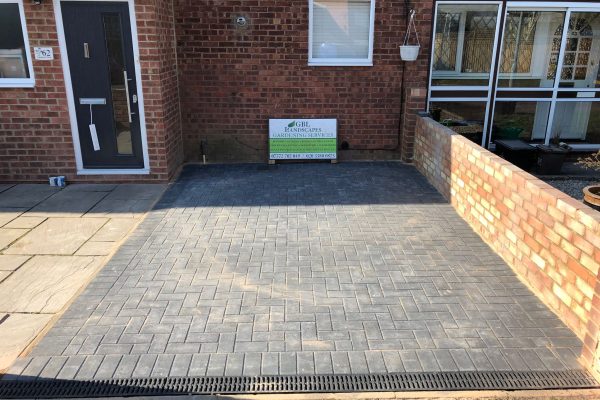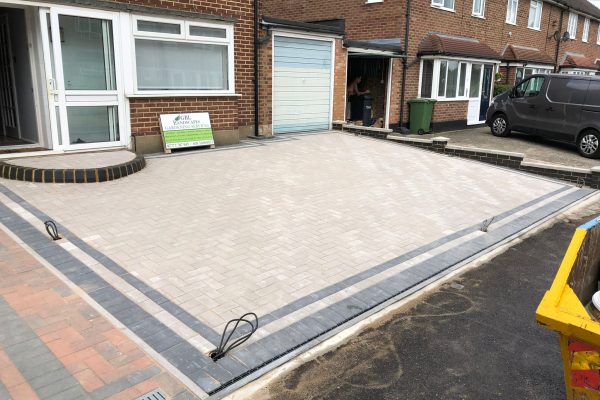A driveway is more than just a functional path that leads to your home; it is the first impression your property makes on visitors and passersby. Creating a well-designed and attractive driveway not only enhances the overall curb appeal of your home but also adds value to your property. Among the various driveway options available, block paving stands out as a versatile and durable choice. In this article, we will explore driveways and focus on the benefits, construction process, maintenance, and the many advantages of using block paving.
Benefits of a Well-Designed Driveway:
Curb Appeal: A beautifully designed driveway enhances the visual appeal of your property, creating a positive impression on guests and potential buyers. A well-maintained driveway can significantly improve the overall aesthetics of your home.
Property Value: An attractive driveway can boost the market value of your property. A potential buyer may be more willing to pay a premium for a property with a well-constructed and visually appealing driveway.
Functionality: A well-planned driveway provides a smooth and accessible entrance and exit to your home. It ensures a safe and convenient parking space for your vehicles.
Durability: A properly constructed driveway using quality materials can withstand heavy vehicle traffic and various weather conditions, providing long-lasting service.
Block Paving for Driveways: Block paving, also known as brick paving, is a popular choice for driveways due to its versatility and aesthetic appeal. It involves laying individual blocks or bricks in a pattern to create a durable and visually appealing surface. The blocks come in various shapes, sizes, and colors, allowing homeowners to customize the design to complement the architecture of their property.
Construction Process:
Excavation: The first step involves excavating the area where the driveway will be laid. This includes removing any existing surface and ensuring a stable and level foundation.
Base Preparation: Once the area is excavated, a sturdy and well-compacted base is created using crushed stone or gravel. This base provides a stable foundation for the block paving and helps with drainage.
Edge Restraints: Edging restraints, typically made of concrete or plastic, are installed along the sides of the driveway to keep the blocks in place and prevent them from shifting.
Laying Blocks: The blocks are then laid in the desired pattern, such as herringbone, basket weave, or stretcher bond. Skilled installers pay close attention to the pattern and make precise cuts to ensure a neat and visually appealing result.
Sand Bedding: After the blocks are in place, a layer of fine sand is spread over the surface and swept into the gaps between the blocks. This helps lock the blocks in position and provides stability.
Compaction: The entire driveway is compacted using a vibrating plate compactor to settle the blocks firmly into the sand and create a level surface.
Final Touches: Any remaining gaps between the blocks are filled with more sand, and the driveway is cleaned to remove any excess debris.
Maintenance:
One of the significant advantages of block paving is that it requires relatively low maintenance. Regular maintenance practices include:
Weed Control: Occasionally, weeds may sprout between the blocks. Regularly removing these weeds prevents them from taking root and causing damage.
Cleaning: Periodic cleaning using a pressure washer can remove dirt, grime, and stains, keeping the driveway looking fresh and vibrant.
Resealing: While not always necessary, resealing the surface every few years can enhance the driveway’s appearance and protect it from stains and fading.


